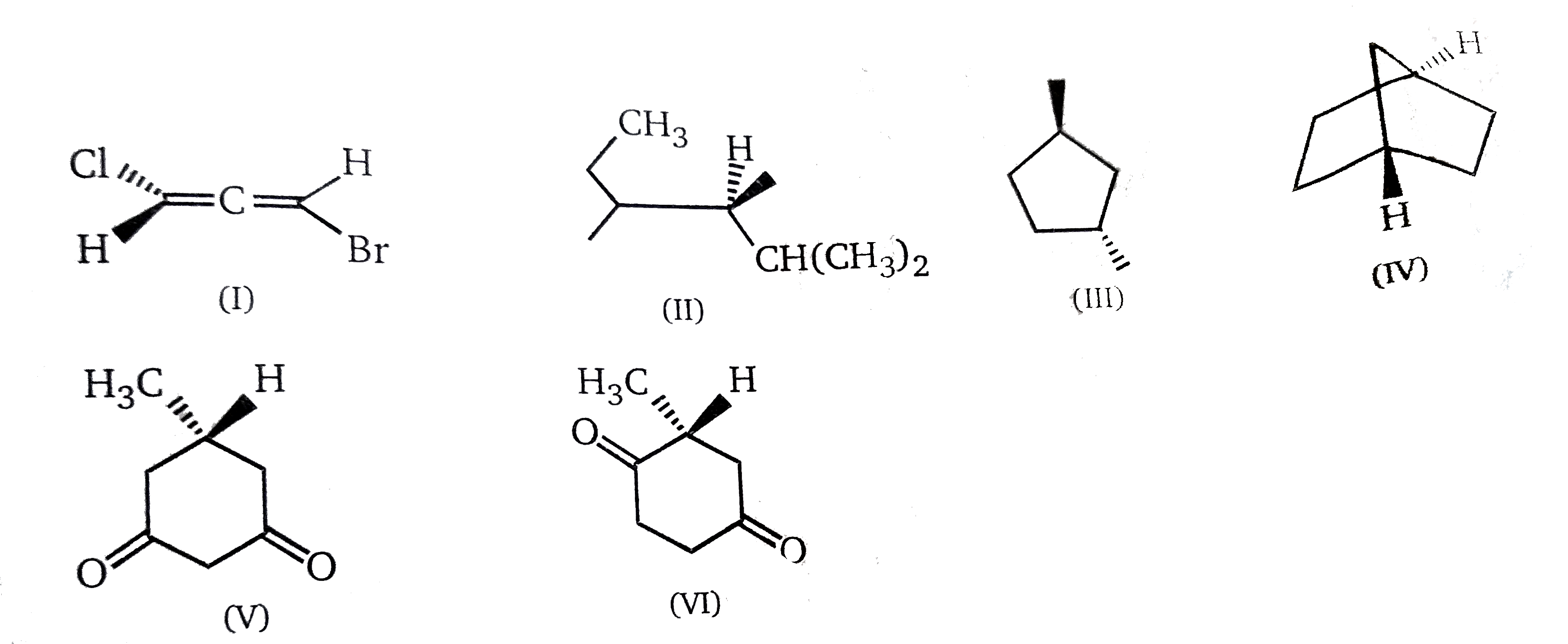Which of the following molecules is chiral in nature?
CH3−Br∣C∣C2H5−CH3
CH3−Br∣C∣C2H5−H
CH3−Br∣C∣CH3−H
CH3−CH3∣C∣C2H5−CH2−Br
To determine which of the given molecules is chiral, we need to follow these steps:
Step 1: Understand Chirality
A molecule is considered chiral if it has a carbon atom that is bonded to four different groups. This carbon atom is known as a chiral center or stereocenter. If a molecule has a plane of symmetry, it is achiral.
Hint: Look for a carbon atom with four distinct substituents.
Step 2: Analyze the Options
We need to examine each option provided to identify the presence of a chiral center.
1. Option A: Check the substituents on the carbon atom.
- If any two substituents are the same, the molecule is not chiral.
2. Option B: Check the substituents on the carbon atom.
- If all four substituents are different, this indicates chirality.
3. Option C: Similar analysis as above.
- Look for identical substituents.
4. Option D: Again, check for identical substituents.
Hint: Compare the substituents carefully for each option.
Step 3: Identify the Chiral Molecule
After analyzing each option:
- If Option A has two identical substituents, it is not chiral.
- If Option B has four different substituents (e.g., one methyl group, one bromine, one hydrogen, and one ethyl group), it is chiral.
- If Option C and Option D have identical substituents, they are not chiral.
Conclusion
From the analysis, Option B is the only molecule that is chiral because it has a carbon atom bonded to four different groups.
Final Answer: The chiral molecule is Option B.
A molecule is considered chiral if it has a carbon atom that is bonded to four different groups. This carbon atom is known as a chiral center or stereocenter. If a molecule has a plane of symmetry, it is achiral.
We need to examine each option provided to identify the presence of a chiral center.
- If any two substituents are the same, the molecule is not chiral.
- If all four substituents are different, this indicates chirality.
- Look for identical substituents.
After analyzing each option:
- If Option A has two identical substituents, it is not chiral.
- If Option B has four different substituents (e.g., one methyl group, one bromine, one hydrogen, and one ethyl group), it is chiral.
- If Option C and Option D have identical substituents, they are not chiral.
From the analysis, Option B is the only molecule that is chiral because it has a carbon atom bonded to four different groups.
Topper's Solved these Questions
- QUESTION PAPER 2022 TERM 1 SET 1BOOK - XII BOARDS PREVIOUS YEARCHAPTER - QUESTION PAPER 2022 TERM 1 SET 1EXERCISE - SECTION -B
24 Videos
- QUESTION PAPER 2022 TERM 1 SET 1BOOK - XII BOARDS PREVIOUS YEARCHAPTER - QUESTION PAPER 2022 TERM 1 SET 1EXERCISE - SECTION-C
6 Videos
- POLITICAL SCIENCEBOOK - XII BOARDS PREVIOUS YEARCHAPTER - POLITICAL SCIENCEEXERCISE - SECTION-E PART-B
3 Videos
- QUESTION PAPER 2022 TERM 1 SET 2BOOK - XII BOARDS PREVIOUS YEARCHAPTER - QUESTION PAPER 2022 TERM 1 SET 2EXERCISE - SECTION -C
6 Videos
Similar Questions
Knowledge Check
Which of the following molecule is chiral.
A B
B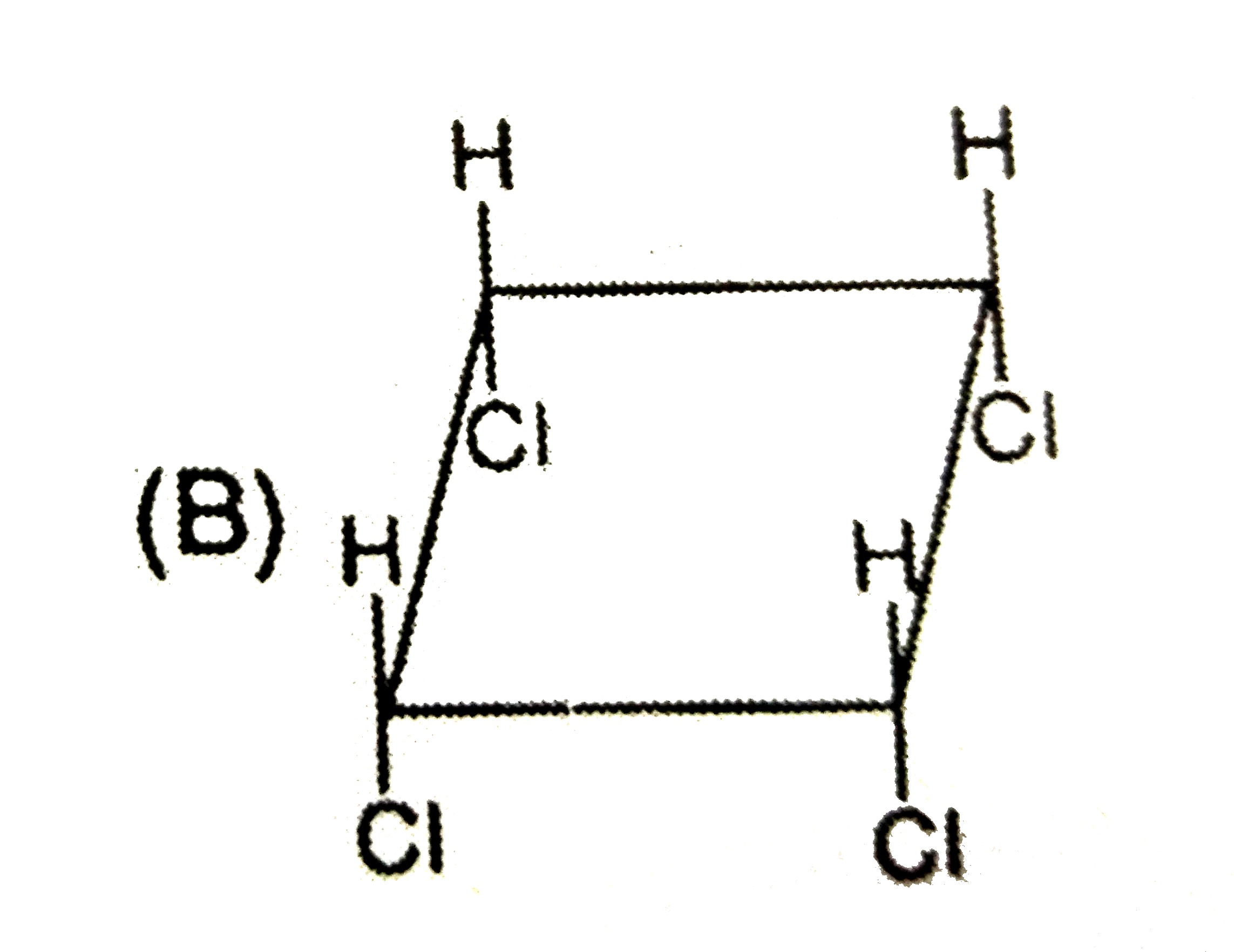 C
C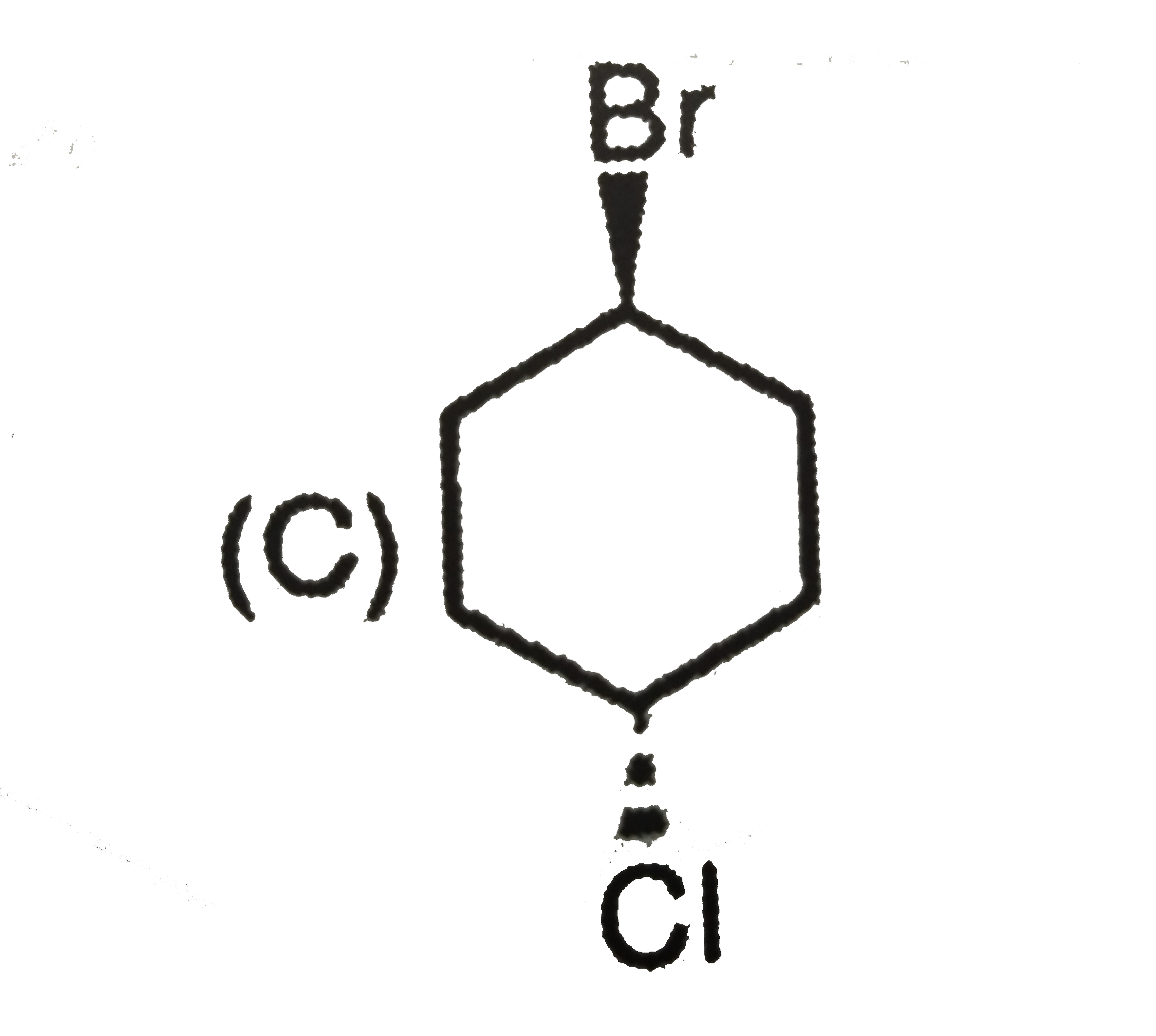 D
D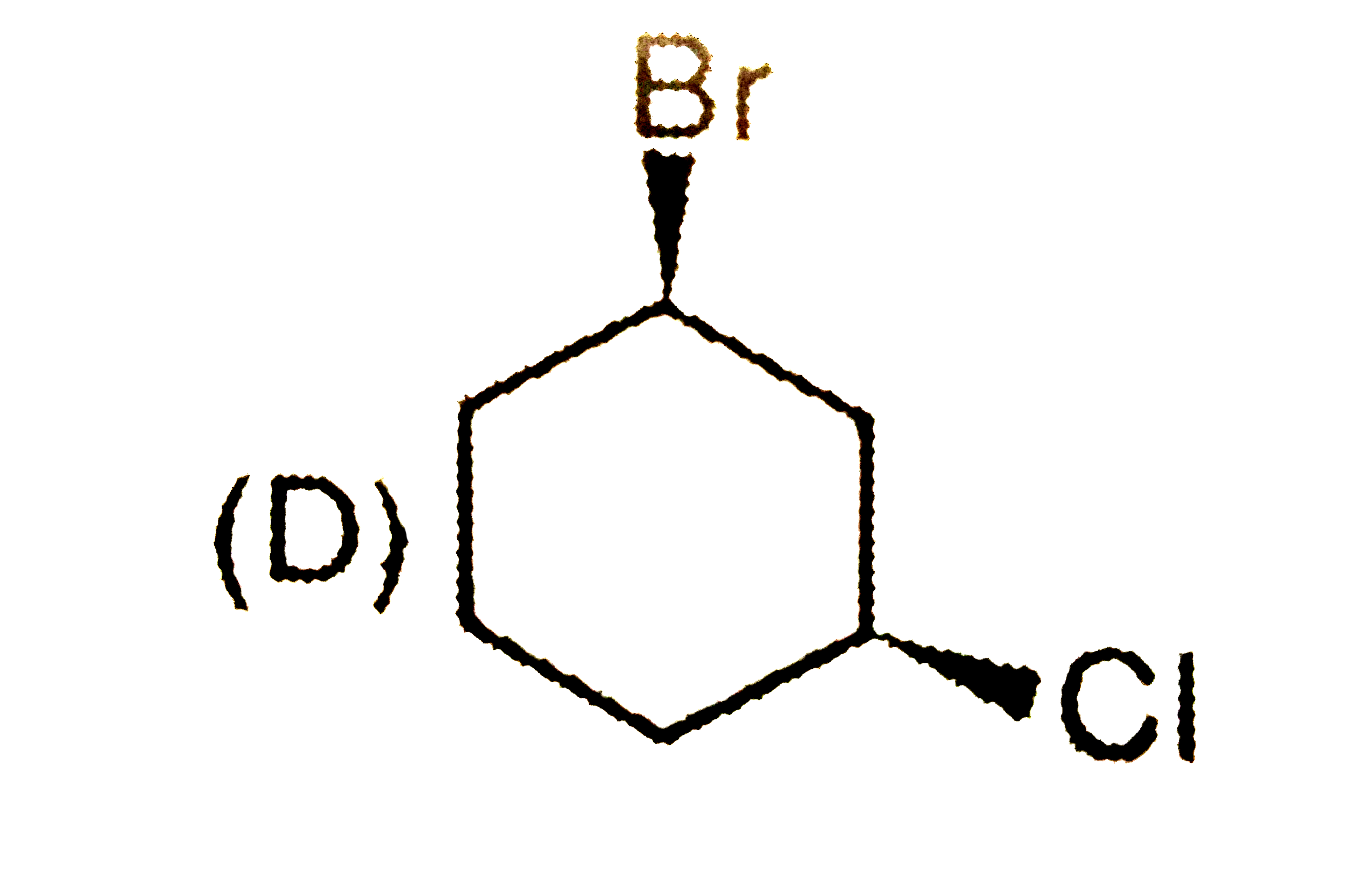
Which of the following molecules are chiral?
A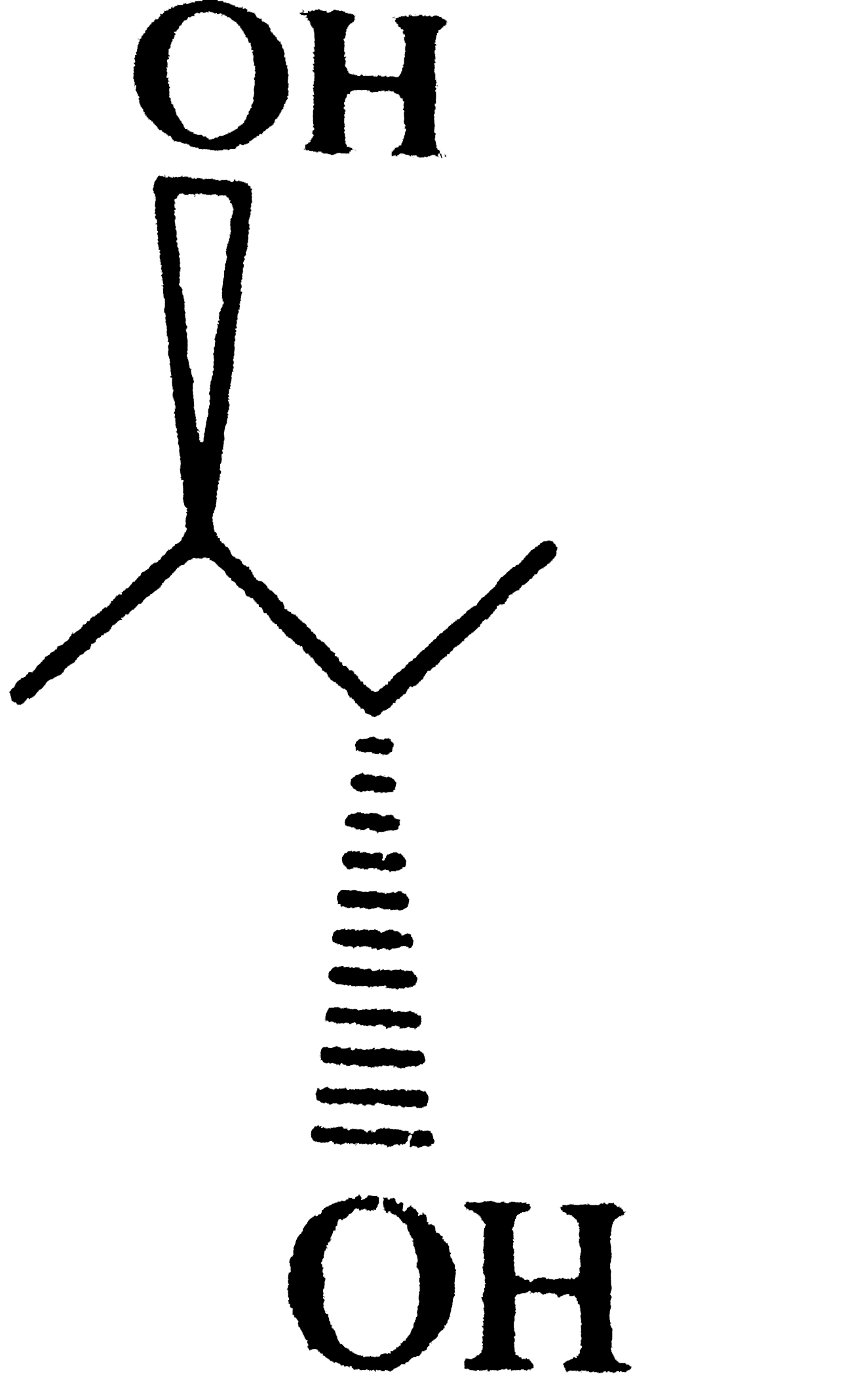 B
B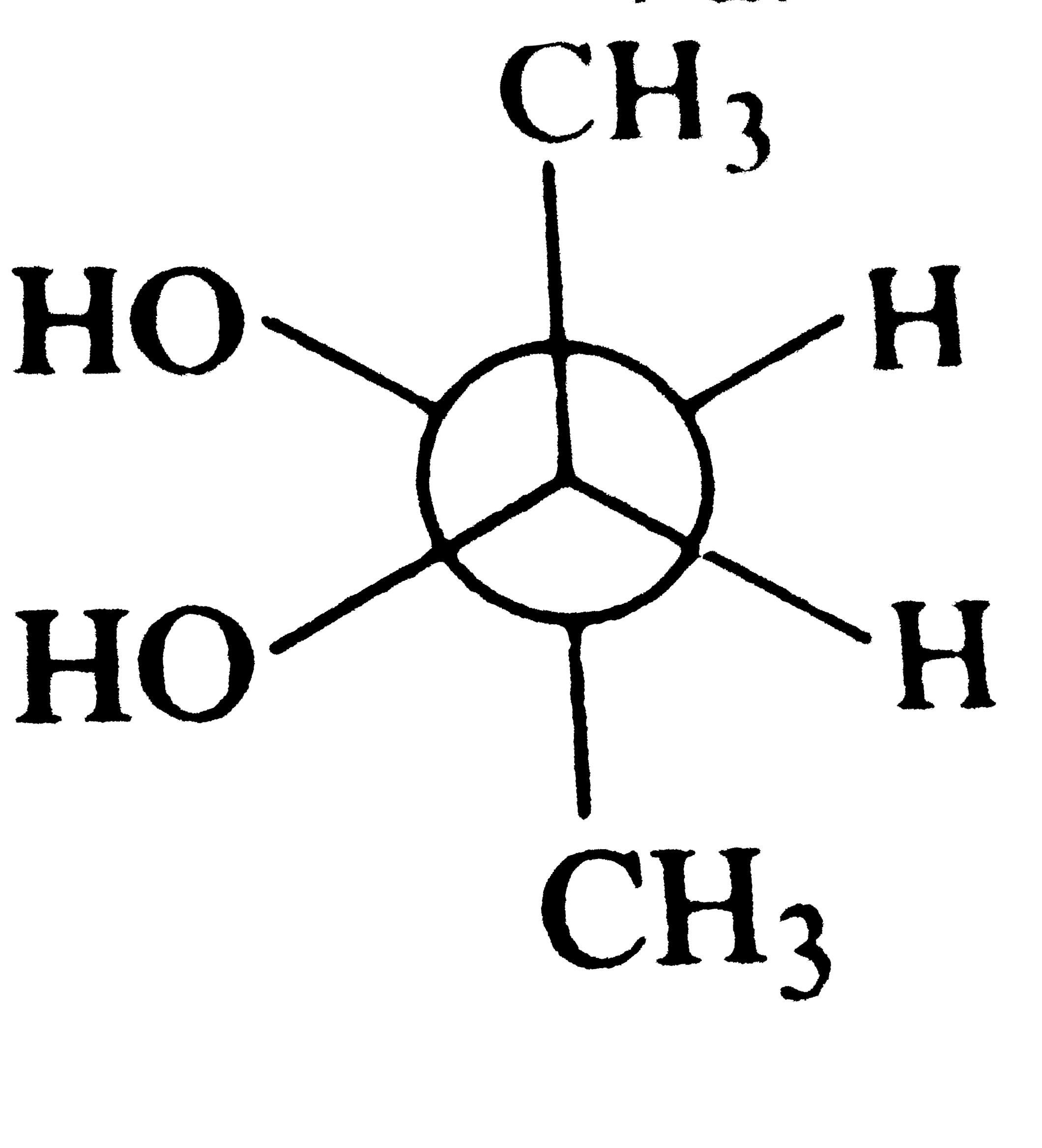 C
C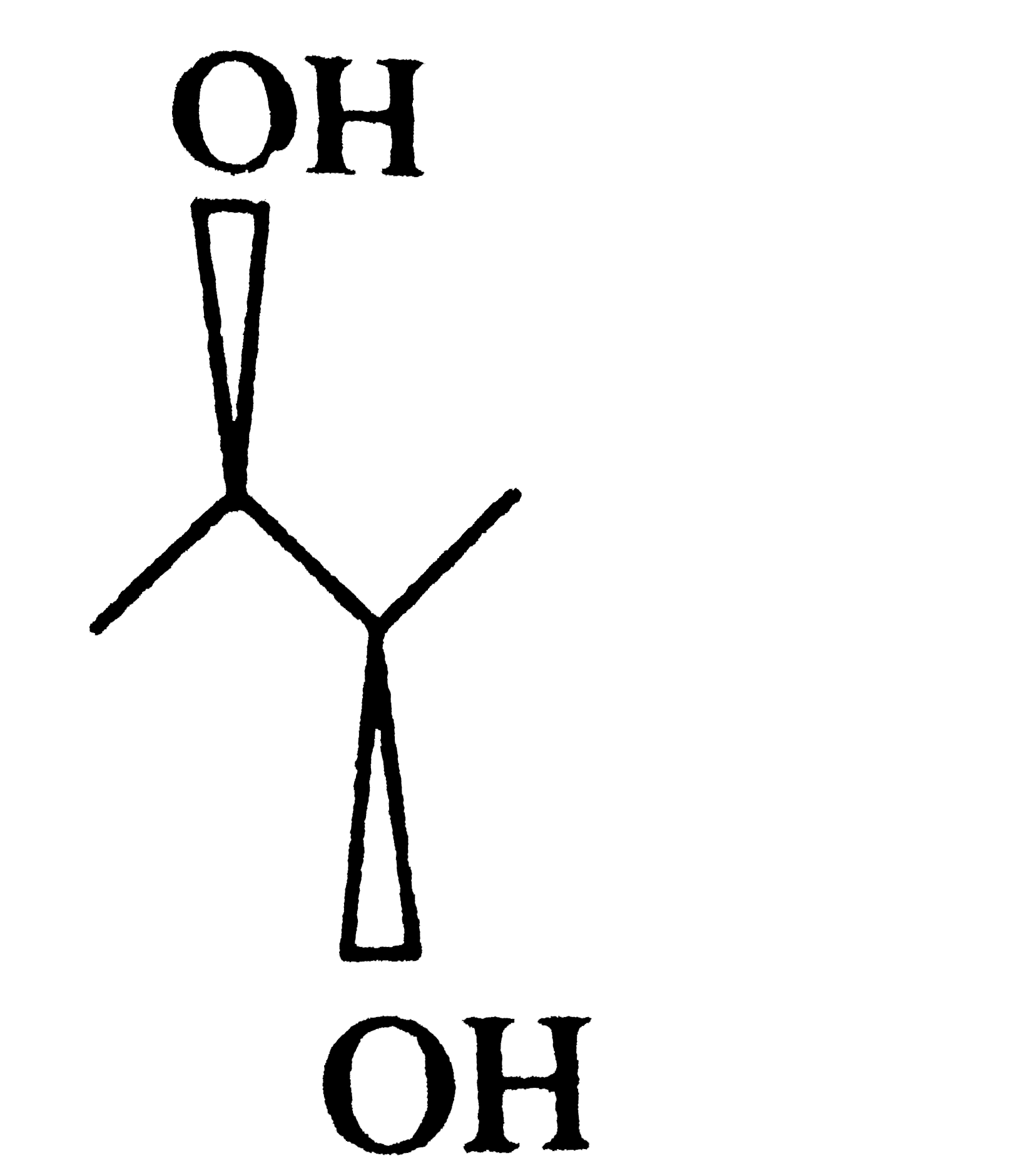 D
D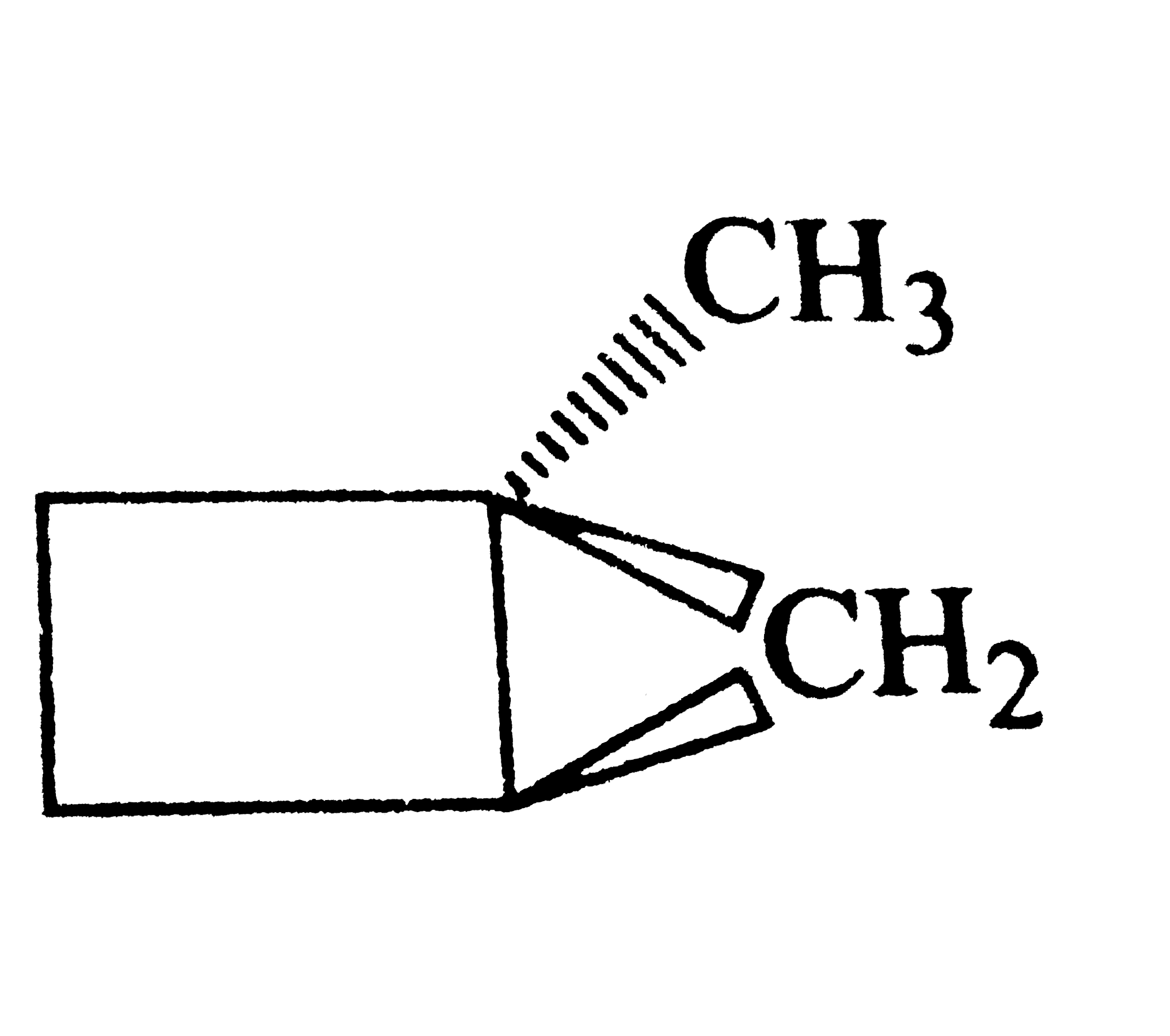
Which of the following molecules are chiral ?
 AI,II,III and IVBII,III and IVCII and IVDI and II
AI,II,III and IVBII,III and IVCII and IVDI and II



